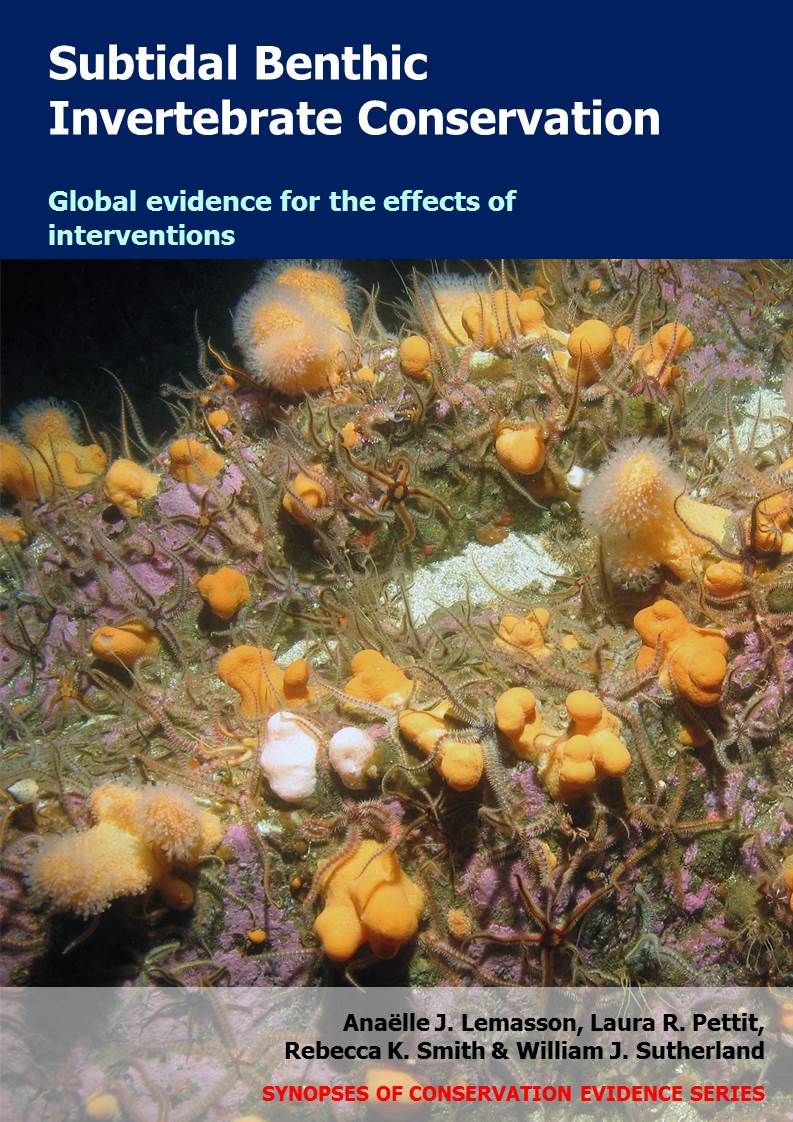Translocate species - Translocate worms
-
Overall effectiveness category Unknown effectiveness (limited evidence)
-
Number of studies: 1
View assessment score
Hide assessment score
How is the evidence assessed?
-
Effectiveness
10% -
Certainty
25% -
Harms
15%
Study locations
Supporting evidence from individual studies
A replicated, controlled study in 2004–2005 of four soft seabed sites in two sea lochs in west Scotland, UK (Hughes et al. 2008) found that a year after translocation, survivorship and growth of the reef-forming red tube worm Serpula vermicularis were different when translocated to a new Loch or back to the source Loch. In Loch Sween (new Loch), translocated tubes gradually disappeared and only remnants remained after one year. No mortality and growth data were recorded for Loch Sween. In Loch Creran (the source Loch) 76% of tubes were recovered after one year. Mortality averaged 5.3% and tube growth averaged 32–33 mm/year at Loch Creran. In June and July 2004, clusters of tubes containing living individuals of the red tube worm were manually collected by divers from one site in Loch Creran. Seven to ten days later, 10 clusters (10 tubes with living worm/cluster) were translocated at 1 m intervals to each of four sites: two in Loch Sween where wild populations died out (3–4 m depth) and two back in Loch Creran (9–10 m depth). For a year, clusters were monitored at intervals, and the remaining clusters recovered in July 2005. For each tube, the presence of living worm was recorded, and its growth measured.
Study and other actions tested
Where has this evidence come from?
List of journals searched by synopsis
All the journals searched for all synopses
This Action forms part of the Action Synopsis:
Subtidal Benthic Invertebrate Conservation





)_2023.JPG)














